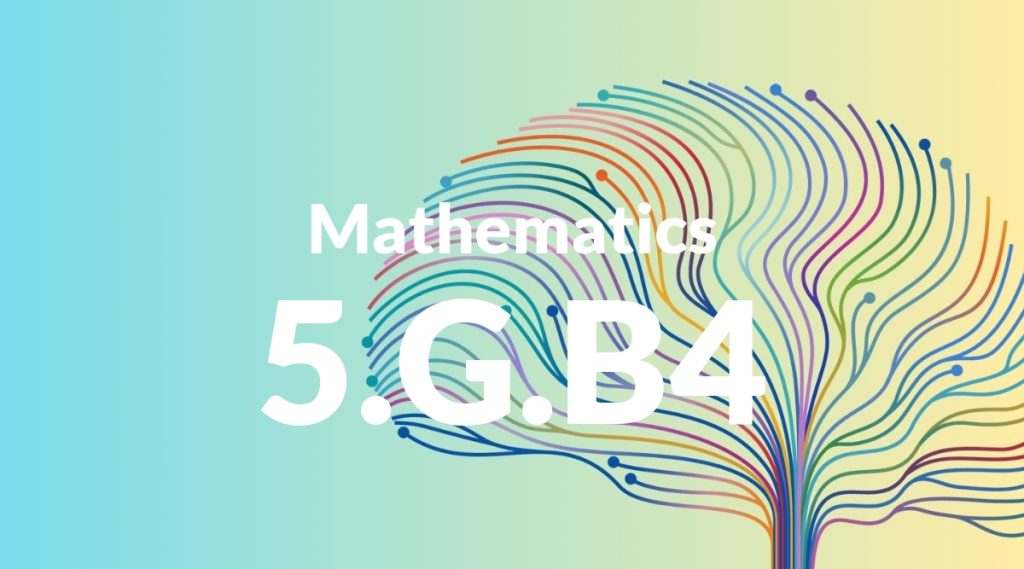Standard: 5.G.B4 – Classify two-dimensional figures in a hierarchy based on properties.
Grade level: Grade 5
Subject: Mathematics
Domain: Geometry
Teacher Overview
This standard focuses on teaching students to classify two-dimensional figures based on their properties and organize them into a hierarchy. This skill is crucial as it helps students develop a deeper understanding of geometric relationships and prepares them for more advanced mathematical concepts. Before tackling this standard, students should be comfortable identifying and describing basic geometric shapes and their properties. They should also understand key geometric terms such as parallel, perpendicular, and symmetry.
After mastering this standard, students will be able to analyze more complex geometric shapes and understand three-dimensional figures. They will apply these skills in various real-world contexts and in more advanced mathematical studies.
Common Misconception 1
A common misconception is that all shapes with the same number of sides are the same. For example, students might think all four-sided shapes are squares. This is incorrect because shapes with the same number of sides can have different properties.
Intervention 1
To address this misconception, provide students with a variety of examples and counterexamples. Use activities that involve sorting shapes based on different properties to highlight the differences.
Common Misconception 2
Another common misconception is that shapes cannot belong to more than one category. For instance, students might not realize that a square is both a rectangle and a rhombus. This misunderstanding limits their ability to see the relationships between different shapes.
Intervention 2
To correct this, use Venn diagrams and other visual aids to show how shapes can share properties and belong to multiple categories. Encourage students to explore these relationships through hands-on activities.
Prerequisite Knowledge
Students should understand basic geometric shapes and their properties, such as the number of sides and angles. They should also be familiar with terms like parallel, perpendicular, and symmetry.
Subsequent Knowledge
Students will develop the ability to analyze more complex geometric shapes, understand three-dimensional figures, and apply geometric principles to solve real-world problems.
Instructional Activities
- Shape sorting games
- Creating Venn diagrams with shapes
- Designing geometric art projects
- Investigating shapes in architecture
- Classifying shapes found in nature




